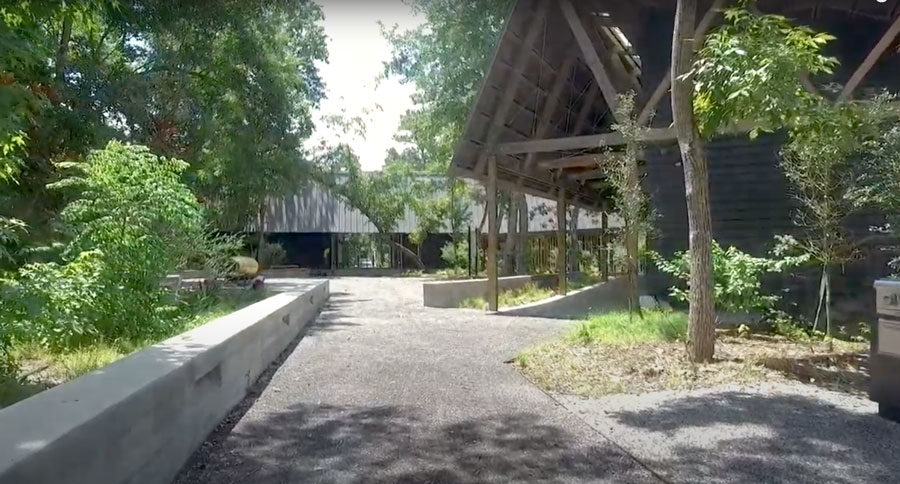The University of Southern Mississippi Marine Education Center was recognized as one of the country's ten best architectural projects of the year.
Each year, the American Institute of Architects recognizes ten projects for their architectural excellence with its annual Committee On The Environment Top Ten Awards.
This year's rankings included the design team for USM's Marine Education Center, located in Ocean Springs, Mississippi, marking the state's first-ever appearance on the list.
The COTE Top Ten Awards takes overall design and environmental performance into consideration, and we can vouch for both, as we saw the MEC with our own eyes back in the summer of 2019.
Watch the video below to see it for yourself:
During our personal tour with the Coastal Mississippi, the regional convention and visitors bureau, we were fortunate enough to inspect the pairing of incredible architecture and breathtaking scenery offered by the MEC.
We also had the privilege of learning about the wide array of environmental efforts fueled by the center's extensive resources, which made such a distinguished award seem like a no-brainer.
"Sustainability is the overarching theme of the award, but community engagement, wellness, connection to the site itself, economy and so many other factors are considered as well," said Matt Wallace, associate partner of Lake Flato Architects, the group that helped design the MEC. "Because only 10 projects are recognized annually, the Marine Education Center is now categorized alongside some of the most impressive architectural and sustainable buildings in the world. It's the most rigorous project award submission we put together and them most rewarding for us, as it ties into our mission of creating environments that enrich communities and nurture life."
During our stay on the Mississippi Gulf Coast, we received a harrowing education on the devastation Hurricane Katrina had on the entire region. Some streets were still missing buildings, while many restaurants and retail stores were still surviving despite years of compromised conditions.
Katrina also took out the J.L. Scott Marine Education Center and Aquarium, the MEC's predecessor, forcing the staff to stay the course with outreach programs that moved students outside, which would ultimately inspire the architectural concept for the new building.
"By moving programs outside of a physical structure, a shift in design goals began to occur from building a new building to go inside and teach about the environment to designing a facility that facilitated and supported teaching about the ocean by being outside in the coastal environments," retired MEC director Chris Snyder said.
The AIA chooses a group of renowned industry professionals to select the winning designs, giving the selection process a rounded variety of perspectives.
This year's, selection jury released the following statement regarding the MEC project:
"A very mature design effort, in every sense. Starting with the extensive research of the site ecology and a clear desire to make an environmental education research center that embodies its purpose. The design team's thoughtful care shows everywhere. The complex is ordered not by an imposition of a construct of some kind, but by finding sites that create minimal damage and that would be above the flood plain and remain inherently resilient. This is a Katrina replacement project. The design team lived through the hurricane; they understood what resilience meant more than most of us. The program of the center is seen from the start as buildings (interiors) and exterior spaces. It integrates the site and message of resiliency into the educational mission of the building, externalizing the program to make the outdoor classroom tangible. The architecture and construction is simple, economical and renewable. An exemplary project for all of us to learn from."
The MEC is only one of the many testaments to the region's unfathomable fortitude, which is why the recognition represents more than just one building, but rather the strength of an entire community.
NEXT: COASTAL MISSISSIPPI: 62 MILES OF SECRET COAST AND IT'S EASY TO PLAN
WATCH
https://rumble.com/embed/u7gve.v3tsf1/




